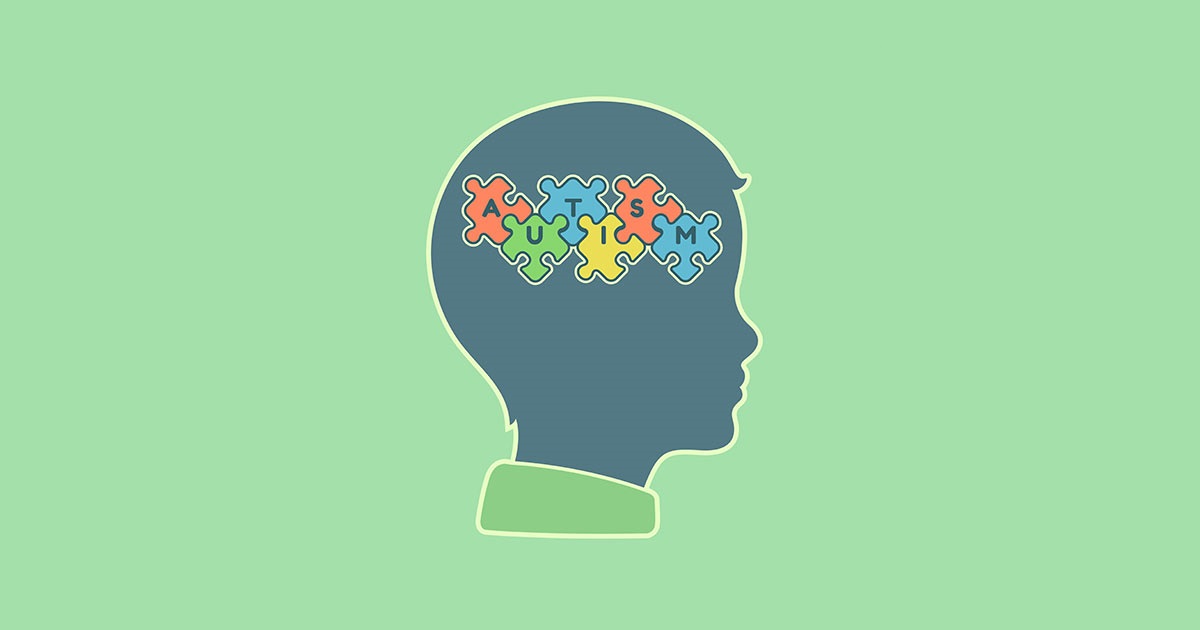
Understanding the autism spectrum
Autism spectrum disorder (ASD) isn’t a one-size-fits-all diagnosis. It’s better to think of it as an umbrella. Under that umbrella are the many ways that autism can appear in different people.
Need an autism diagnosis or support?
For example, some people with autism may not like to be touched, but others do. Some may have intellectual disabilities, and others may be very intelligent. However, they all have some kind of social, communication or behavioral challenge.
“That’s the reason it’s called a spectrum,” said Theresa Regan, PhD, a neuropsychologist at OSF HealthCare. “Not all individuals with autism display the same characteristics or abilities. Various factors determine where they may be on the autism spectrum.”
Three levels of autism severity
In 2013, the American Psychiatric Association introduced three autism spectrum levels of severity that refer to the level of support a person with autism needs just to complete basic, everyday tasks.
- Level 1 – Requiring support: Describes a person who needs some support but is otherwise independent
- Level 2 – Requiring substantial support: Describes a person who struggles even when receiving support
- Level 3 – Requiring very substantial support: Describes a person who’s totally dependent on others for everything
“However, these level designations aren’t set in stone. A person can be at different levels for social skills, communication and behavioral criteria,” Dr. Regan said. “Also, their levels can change over time as the demands of life change. For example, they may need more or less help as they get older.”
Types of autism on the spectrum
In the past, autism spectrum disorder was described as having several types or subtypes. These included conditions like Asperger’s syndrome and pervasive developmental disorder-not otherwise specified (PDD-NOS).
However, our understanding of autism has improved, so we don’t use labels like these anymore. Instead of calling these conditions different types of autism on the spectrum, we now consider them to be different parts of the overall autism spectrum.
For example, Asperger’s syndrome is now informally referred to as high-functioning autism. People on this level of the spectrum have average or above average intelligence alongside milder autistic characteristics related to social interactions, communication or behavior.
Autism and ADHD
Autism is often mistaken for attention deficit/hyperactivity disorder (ADHD) – and vice versa – due to some common characteristics they both share related to problems with executive function.
Executive function is the ability of the human brain to manage the skills associated with everyday tasks, including:
- Attention control
- Planning
- Prioritizing
- Cognitive flexibility (the ability to think about things in a new or different way)
- Behavioral flexibility (the ability to adapt behavior to new circumstances)
- Regulation of emotions
Both autism and ADHD are potential diagnoses when difficulties with executive function are present. However, the challenges posed by autism are broader than what’s seen in ADHD, which is not on the autism spectrum.
“It’s important to make sure that we don’t automatically diagnose executive function difficulty as ADHD, which often happens, without also considering autism,” Dr. Regan said. “Professionals who specialize in neurological developmental features know the different criteria of each diagnosis and how to identify them.”
Autism and intellectual ability
 Another common misconception about autism is that it’s same as intellectual disability. The truth is they are quite different.
Another common misconception about autism is that it’s same as intellectual disability. The truth is they are quite different.
A person with autism can have any level of intelligence. They may have a lower or average IQ, or they could be very bright.
“There are many individuals with autism who attend college and have successful careers,” Dr. Regan said. “When we understand that a person with autism is not defined by their intellect, it’s easy to realize why they contribute so much to our communities.”
Importance of diagnosis
The first step in determining if someone has autism is to get a complete evaluation from a qualified medical professional. If autism is the diagnosis, they may receive therapy or other treatments to help them with things like social skills, schoolwork, etc.
“However, anyone with a neurodevelopmental difference needs more than just treatment from a specialist,” Dr. Regan said. “They also need understanding from others and to be respected and valued for who they are.”